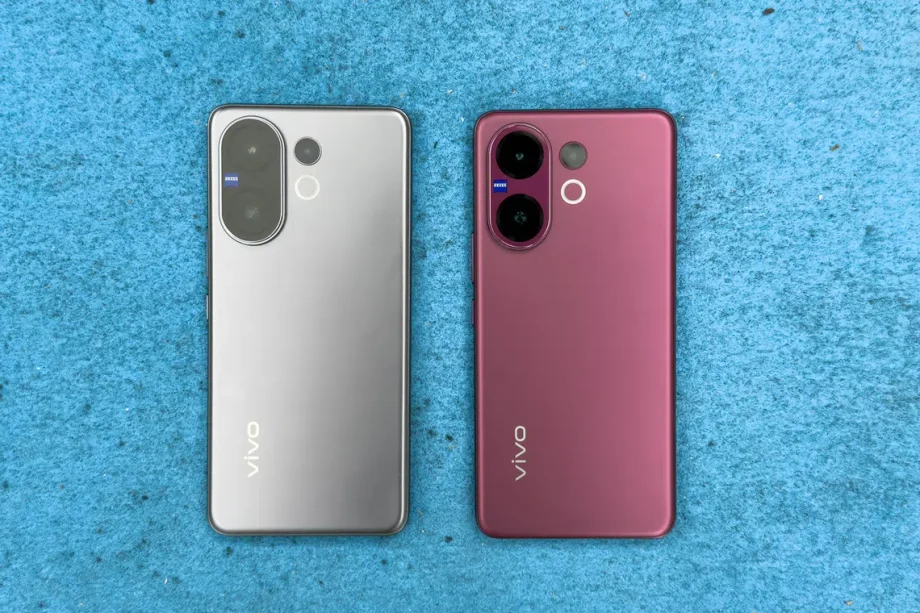Earlier this year, we weren’t too impressed by the Vivo V50, mostly because of the outdated hardware and some other quibbles. That’s why we’re thankful that the Vivo V60 rectified some of that in this update.
This is the second release of the V-series in 2025, with Vivo doing a hyper-aggressive refresh cycle of six months (on average) for this midranger.
The V60’s biggest hardware difference is that it’s now using a newer Qualcomm Snapdragon 7 Gen 4. Unfortunately, the phone is still using LPDDR4X RAM and UFS 2.2 storage, which are older standards compared to the latest LPDDR5X RAM and UFS 4.1.
More fortunately, we get a new 50MP telephoto camera that offers 3x optical zoom. This is in addition to a main and ultrawide camera, which means this midrange Vivo phone gets three rear cameras without needing you to venture into more expensive counterparts.
Last but not least, Vivo has managed to pack in a larger 6,500mAh battery and a brighter display.
We find out if it’s worth getting, or at least better than before.
Same same, but different

Check out the camera bump colours
HWZ
To make it different enough from before, Vivo slightly updated the V60’s design of the V60 with a consistent-looking, pill-shaped rear camera bump. If you opt for the Berry Purple colourway, it’s nicely colour-matched to the back glass. The Mist Grey option has a black camera bump instead.
We still get curved edges along the back glass, which helps the phone sit more comfortably in the hand. The middle frame itself is also rounded, but Vivo V60 uses a matte finish to eliminate the greasy prints you’d typically get from glossy phones. Rounding its durability off is IP68/IP69-rated dust and water resistance, which was also available on its predecessor.

Up to 5,000 nits of peak brightness
HWZ
The display is mostly unchanged at 6.77 inches with a 2,392 x 1,080 pixels resolution and a supported refresh rate of up to 120Hz. However, it can now get up to 5,000 nits of peak brightness (previously, it was up to 4,500 nits on the Vivo V50). Under bright afternoon sunlight, the display was legible in our tests.









